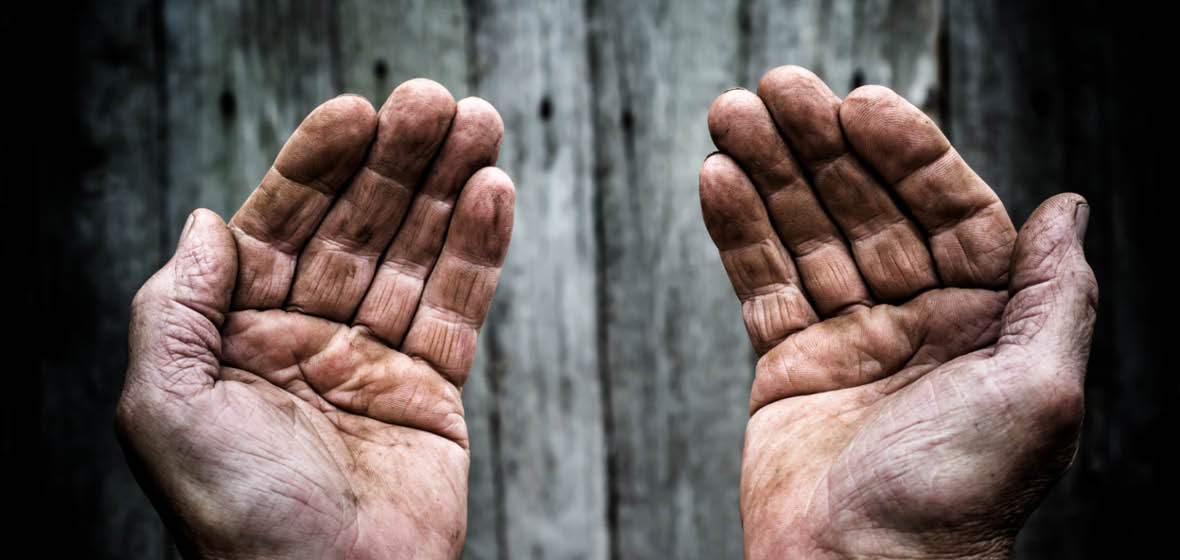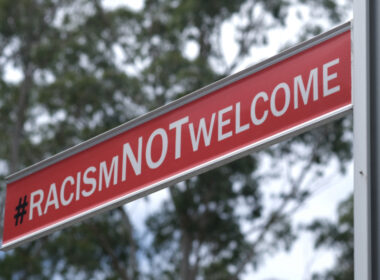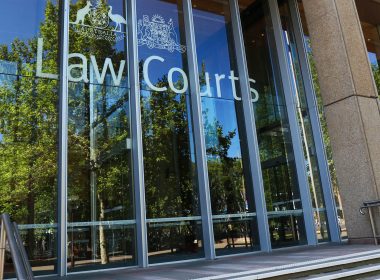Since the inception of the NSW Aboriginal Land Rights Act in June 1983, more than 160,000 hectares of land has been returned to Aboriginal land councils, and the Government has committed to approving more claims.
The 40-year anniversary of the Act is being acknowledged during NAIDOC week celebrations, commencing Monday 3 July.
Minister for Lands and Property Steve Kamper said land claims are not just a “physical asset” but are also deeply connected to cultural identity and spiritual beliefs.
“These land claims have delivered fantastic results to local communities across the state,” Kamper said.
“Crown Lands is working closely with the NSW Aboriginal Land Council and Local Aboriginal Land Councils to deliver tangible outcomes for Aboriginal communities and peoples.”
In 2022/23, Crown Lands has assessed almost 600 land claims with more than 400 grants in whole or in part. Almost 4000 hectares of land has been returned to 56 different Aboriginal lands councils.
Recently approved land claims included 88.5 hectares of bushland, formerly part of Kingsgate Mines (bordering the Yarrow River in the NSW Northern Tablelands), that will be returned to Glen Innes Local Aboriginal Land Council.
Three blocks of land with a combined size of 6.47 hectares around Narromine will be returned to the Narromine Local Aboriginal Land Council; and more than 1000 square metres of land adjoining Hay Courthouse will be returned to Hay Local Aboriginal Land Council.
Minister for Aboriginal Affairs and Treaty David Harris said the NSW Government is working to approve more land claims to support social, cultural, and economic benefits for Aboriginal communities.
“The NSW Aboriginal Land Council and Local Aboriginal Land Councils have a right to lodge land claims under the Aboriginal Land Rights Act 1983, which are assessed to statutory criteria to determine if the land is lawfully used or occupied or needed for an essential public purpose,” Harris said.
“If the land is not occupied or needed the claim can be granted, which supports the social, cultural, and economic wellbeing of Aboriginal communities.”




